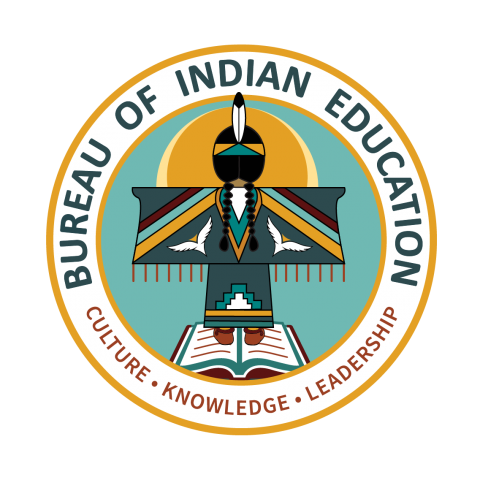
About BIE
Formerly known as the Office of Indian Education Programs, the Bureau of Indian Education was renamed and established on Aug. 29, 2006, to reflect the parallel purpose and organizational structure the BIE has in relation to other programs within the Office of the Assistant Secretary for Indian Affairs. The BIE is headed by a director who is responsible for the line direction and management of all education functions, including the formation of policies and procedures, the supervision of all program activities and the approval of the expenditure of funds appropriated for education functions.
There have been three major legislative actions that restructured the Bureau of Indian Affairs regarding educating American Indians since the Snyder Act of 1921. First, the Indian Reorganization Act of 1934 introduced the teaching of Indian history and culture in BIA schools. Until then, it had been Federal policy to acculturate and assimilate Indian people by eradicating their tribal cultures through a boarding school system. Second, the Indian Self-Determination and Education Assistance Act of 1975 (P.L. 93-638) gave authority to federally recognized tribes to contract with the BIA for the operation of Bureau-funded schools and to determine education programs suitable for their children. The Education Amendments Act of 1978 (P.L. 95-561) and further technical amendments (P.L. 98-511, 99-99, and 100-297) provided funds directly to tribally operated schools, empowered Indian school boards, permitted local hiring of teachers and staff, and established a direct line of authority between the Education Director and the AS-IA. The No Child Left Behind Act of 2001 (P.L. 107-110) brought additional requirements to the schools by holding them accountable for improving their students’ academic performance with the U.S. Department of Education supplemental program funds they receive through the Bureau.
As stated in Title 25 CFR Part 32.3, BIE’s mission is to provide quality education opportunities from early childhood onward in accordance with a tribe’s needs for cultural and economic well-being, in keeping with the wide diversity of Indian tribes and Alaska Native villages as distinct cultural and governmental entities. Furthermore, the BIE is to manifest consideration of the whole person by accounting for the spiritual, mental, physical and cultural aspects of the individual within his or her family and tribal or village context. The BIE school system employs thousands of teachers, administrators and support personnel, while many more work in tribal school systems.
There are 183 Bureau-funded elementary and secondary schools, located on 64 reservations in 23 states, serving approximately 42,000 Indian students. Of these, 55 are BIE –operated, and 128 are tribally operated . The Bureau also funds or operates off-reservation residential schools and peripheral dormitories near reservations for students attending public schools. The BIE also serves American Indian and Alaska Native post-secondary students through higher education scholarships and supports funding for tribal colleges and universities. The BIE directly operates two post-secondary institutions: Haskell Indian Nations University in Lawrence, Kansas, and the Southwestern Indian Polytechnic Institute in Albuquerque, New Mexico.
Visit the BIE Website


